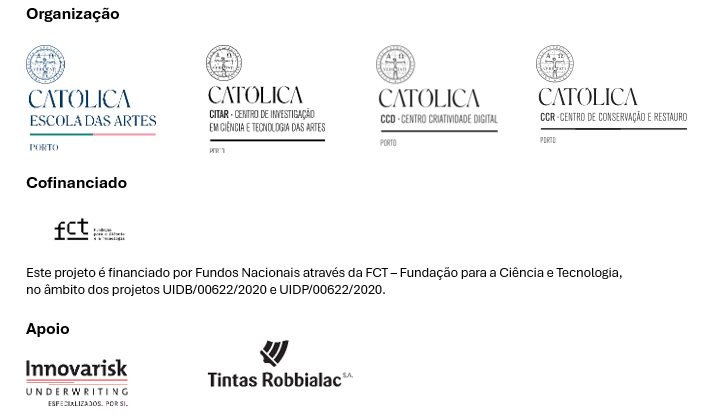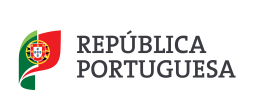Expurgar Papel
Carla Filipe
Curated bt Nuno Crespo
Opening on 16th Fev at 19:00
Until 15 Mar
Schoold of Arts Exhbition Hall
Entrada livre
Preservation or Elimination of the Act of Spitting, 2021-2023
This work continues a series titled Chewing Chewed Paper, the Desire to Understand the Old Continent in Order to Spit Out Its History, initiated in 2014 during the artist’s residency in Antwerp (1).
Using documentation from the 17th to the 20th century—sourced from antiquarian bookstores and second-hand markets—Carla Filipe engages with materials where news and thought inevitably orbit around European colonialism.
The artist intervenes in this archive, generating a new reading through text and fostering a critical dialogue.
For the Exhibition Hall of the Escola das Artes, Filipe focuses solely on these documents, avoiding drawing or painting and employing only collage as a vehicle and methodology.
Her process navigates the fine line between respecting and disrespecting documents often considered untouchable historical entities.
She cuts and stitches together records from the 16th century through to modernity (spanning the 1970s and the Portuguese revolutionary period, PREC), transforming them into new objects and archives.
These materials are then stored on supports that, through formal plays of front and back, suspension, and isolation, compose a collective installation with multiple layers.
The history of colonialism, still looming over Europe, remains precarious—its fragile structure demands constant restoration and conservation.
In the creation of these collages, imagination plays a central role.
The process involves combining ideas, manipulating content, and employing humor, drama, and reality. All elements used in the collages are inherently fragile—everything becomes information, from different types of paper (newspapers, banknotes, decorative papers) to the materiality itself.
Through paper, the Industrial Revolution is also represented.
The evolution of papermaking is evident in its varying degrees of durability, marking distinctions in how documents have withstood time.
The most contemporary element introduced in this work is human hair, which itself functions as an archive—containing DNA.
The inclusion of hair links the work to the body, another form of archive, reinforcing the very title Chewing and Spitting.
The act of chewing is also an act of masticating—creating saliva, mixing it with material, without swallowing.
It is the grinding of documentation between one’s teeth, spitting out the archive in disarray—devoid of organization, categories, or preservation.
Following the same logic of repulsion, the act of spitting also extends to the phlegm expelled from inhaling the dust accumulated in these documents—a necessary purge to avoid contamination, a form of cleansing.
It is as if the artist seeks to consume all the documentation possible, chewing it into a new beginning.
Through an act of both rejection and liberation, she transforms the expelled material into a sticky glue that clings to the surface.
A growing awareness emerges—the archive itself is a colonizer.
(1) Air Antwerp, Belgium, in co-collaboration with Kunsthalle Lissabon, Portugal.
Carla FIlipe





